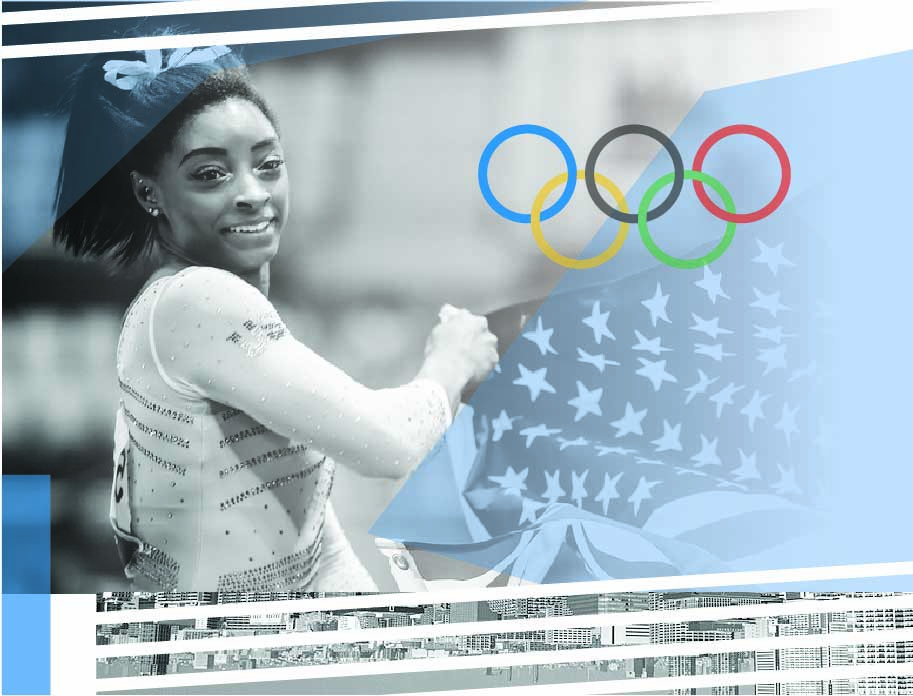
Dr Argyro Elisavet Manoli
Senior Lecturer (Associate Professor) in Sport Marketing and Communications, Loughborough University, UK. Following a career as a sport marketer, Dr Manoli’s research expertise lies in marketing communications management, branding and media relations, with numerous projects focusing on professional sports and the Olympic Games.
Email: e.a.manoli@lboro.ac.uk, Twitter: @AEManoliPhD

Sungkyung Kim
Research areas are mega sport events, public behaviour, and public relations strategies in diverse contexts. He earned his two MScs in Tourism Science from the University of Hanyang, Seoul, South Korea, and in Sport Management from Bournemouth University, UK.

Section 1: Tokyo & Mega-Events
- Tokyo 2020, East Asian geopolitics and Olympic diplomacy
- Anti-sex beds? Fake news! : why this video went massively viral?
- Power sharing: Olympic sponsorship and the athlete’s personal brand
- The Tokyo 2020 Organizing Committee’s veil of effective public relations to help save itself and the start of the Games
- Host city and mega-events: Olympic legacy in Japan
- The rise of critical consciousness in Japan: An intangible and unintended legacy of the Tokyo 2020 Olympic Games
- The soft power of the Olympics in the age of Covid 19
- Tokyo 2020 Olympic Games, nationalism, identity and soft power
- The typhoon games
- Environmental leadership showcased in the Olympic Games
- Simone Biles and prioritizing athlete well-being
- How the female athletes of the Tokyo Olympics are reframing the way we think about motherhood
- Deliver a medal or apologize: A daunting task imposed on Japanese Olympians
- What happened to Rule 40 at Tokyo 2020?
- Cultural programming at Tokyo 2020: the impossible Olympic festival city?
- A green Olympic legacy for future generations?
- Lessons from Tokyo: the impact of the Paralympics in Japan
- Let’s play! Inspiring an inclusive mindset with a hands-on Paralympic experience for children and teenagers in Japan.
- The Olympic & Paralympic sponsorship without category exclusivity: Background of sponsorship exclusivity in Olympic and Paralympic Games (OPG)
- Counting cases, counting medals: Containing the Olympic contagion during the Tokyo Games
- The Olympic Games and ambush marketing via social media
- Pride and burden of striving for perfection at the Olympics
With an undeniable decrease in public support for hosting and organizing of mega-sport events such as the Olympic and Paralympic Games, and the further economic and social pressures due to the unexpected and devastating Covid-19 pandemic, the value of Public Relations as a tool for organizers during the 2020 Tokyo Olympic and Paralympic Games cannot be understated. We argue that the current circumstances and the pressures experienced during the digital era call for a more sophisticated PR policies that appear to be better suited, if not required, throughout and beyond Olympic and Paralympic Games.
Throughout the theoretical development of PR theory, there has been a general consensus among scholars that the central value of PR lies in organization-public relationships. Since the first time that the necessity of relationships as a pivotal part of public relation communication was stressed, the paradigm of existing public relations research shifted from disseminating information to relationship management. Although questions are still being raised on the feasibility of organization-public relationships in real-life contexts and the disparity of power that exists in society, understanding the value of building and fostering relationships between an organization and its publics as the focus of PR is, in fact, what distinguishes PR from other types of marketing communication. Indeed, PR is different from marketing communication as it focuses on two-way communication, whereas marketing communication is initiated by the organization.
The importance of this relationship is further highlighted in today’s era of digital communication, where open, democratic and un-censored channels of communication exist between all stakeholders. In the case of the 2020 Tokyo Olympic and Paralympic Games, such stakeholders would include the organizing and hosting committee, the local and national Governments, the local residents, the fans, volunteers and athletes of the Games, as well as national and international media and the wider international audience with a keen interest in the Games. The use of PR in this context would thus aim for a two-way communication or a wider dialogue between the stakeholders, allowing not only for key messages to be promoted by the organizers, but also for all stakeholders to be heard, voicing any concerns they might have regarding the event. This in turn would redefine the purpose of such PR communication from the more traditional information dissemination or public persuasion, to a mutual understanding of the Games, their perceived benefits and impacts, as well as the value and even potential risks associated with hosting the 2020 Tokyo Olympic and Paralympic Games. It is worth noting that through the use of social media, some attempts have been made for such a dialogue to be initiated with the publics, such as the Make the Beat campaign ran exclusively on social media, aiming primarily at the local Tokyo residents, and suggesting that the use of PR is gaining ground in the context of the Games. Hopefully, such efforts will intensify as the Games progress and conclude in order to ensure that the publics’ support contributes to their legacy.
If such a focus on PR policy is to be achieved, aiming at mutually beneficial relationships between the organizers and the publics, then the latter should not be viewed as a mere audience or receiver of a message, but instead, as a key member of the decision-making process, before, throughout and after the Games. Indeed, in the 2020 Tokyo Olympic and Paralympic Games, noteworthy attempts were made for relationships to be built with the public and for them to be incorporated in the decision-making process in order to secure the publics’ support. An interesting and entertaining example of this was the selection of the official mascots for the Games. The local organising committee launched a ballot, inviting school children to select the most representative mascots for the Games. Even though the selection of the two mascots is a relatively small aspect in the overall process of hosting the Games, it still demonstrates how small steps were taken to incorporate the public in the hosting, which paired with the social importance placed on the mascots, can better indicate progress towards relationship building with the public. While there is ample room for progress to be made in considering the public an active stakeholder in the hosting and organizing the Olympic and Paralympic Games, signs of appreciation of the publics’ true value for the success of the Games are already visible, supporting the long argued theory that benefits can be gained through the development of a favorable long-term relationship with key stakeholders built through a proper reciprocal interaction with them. It is our hope that future mega-sport events’ organizers will further show their appreciation and utilize PR as a key to gaining and maintaining publics’ support before, throughout and after such events.

